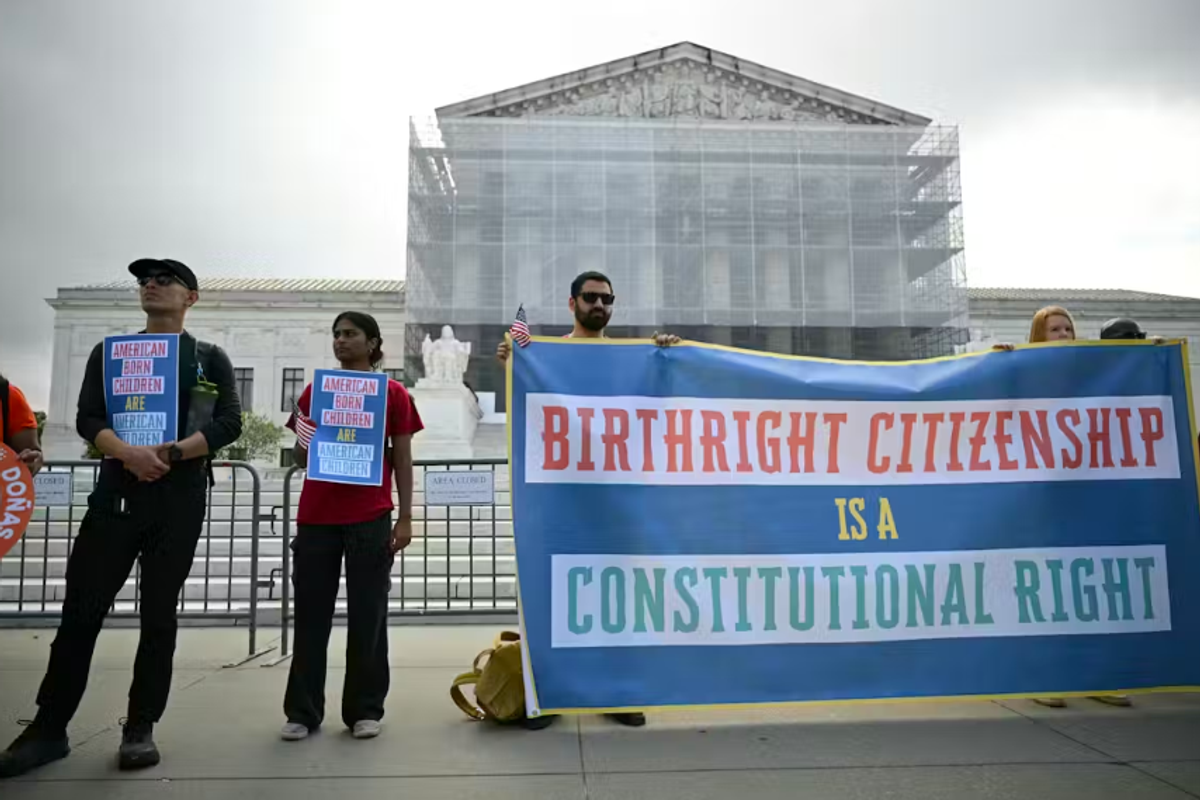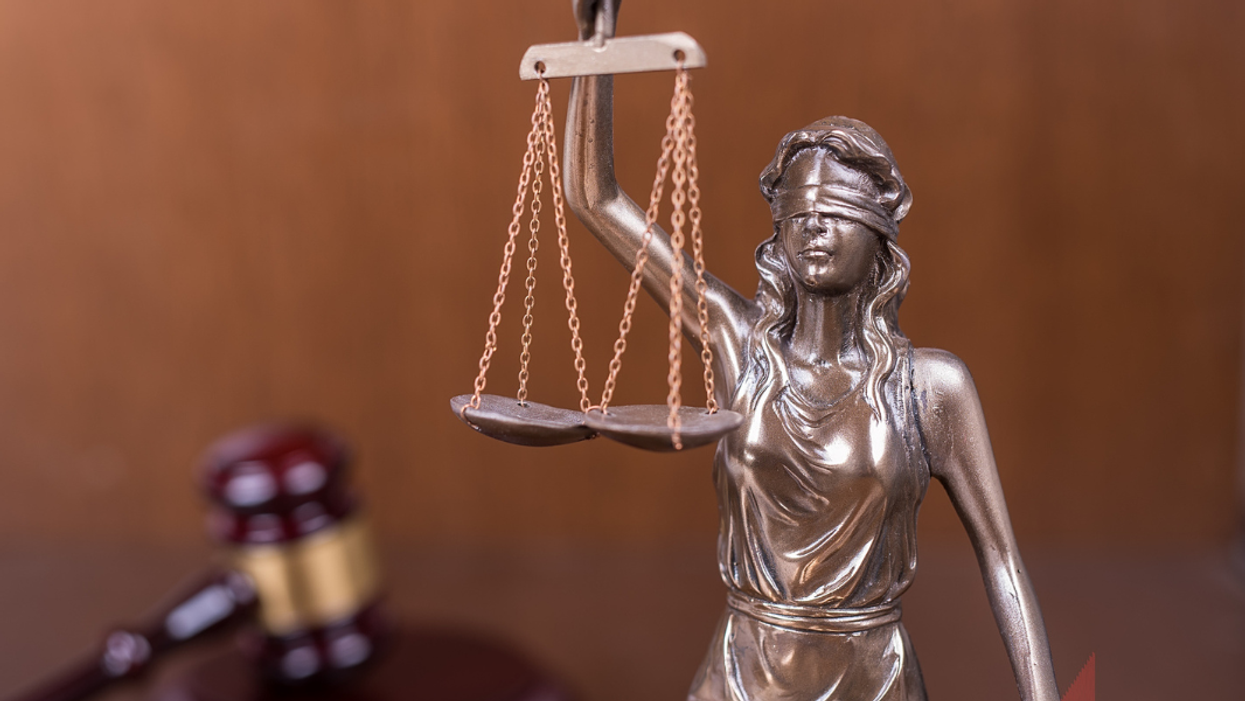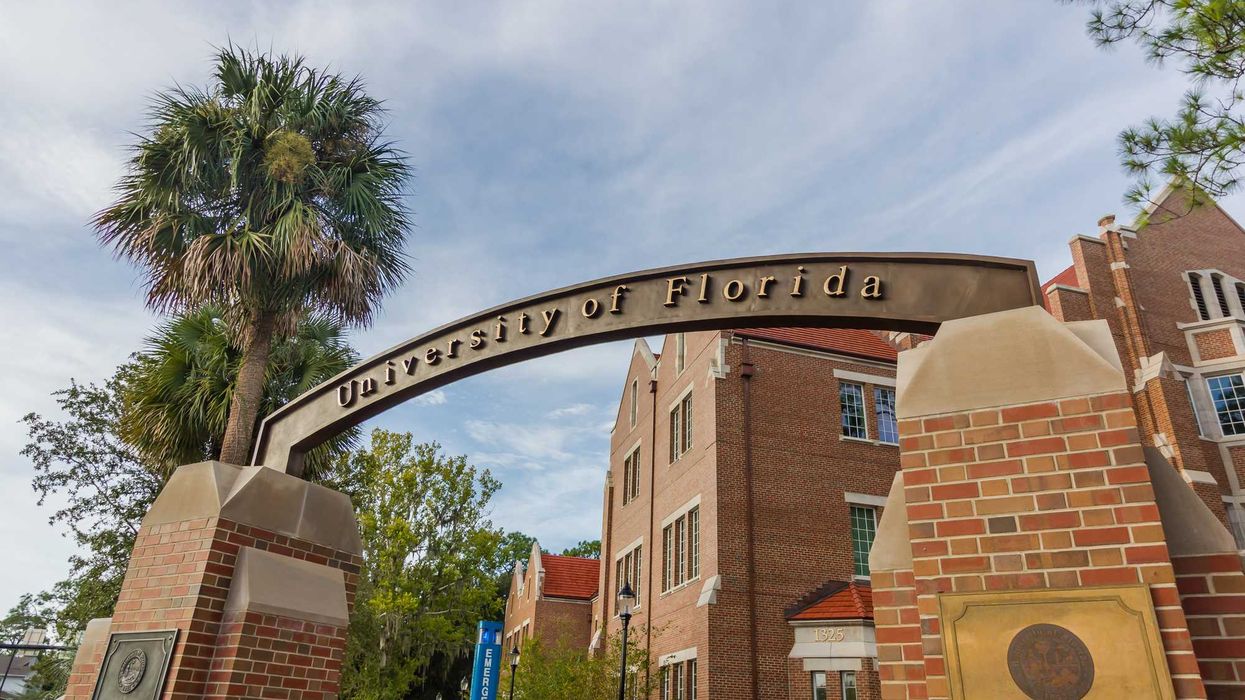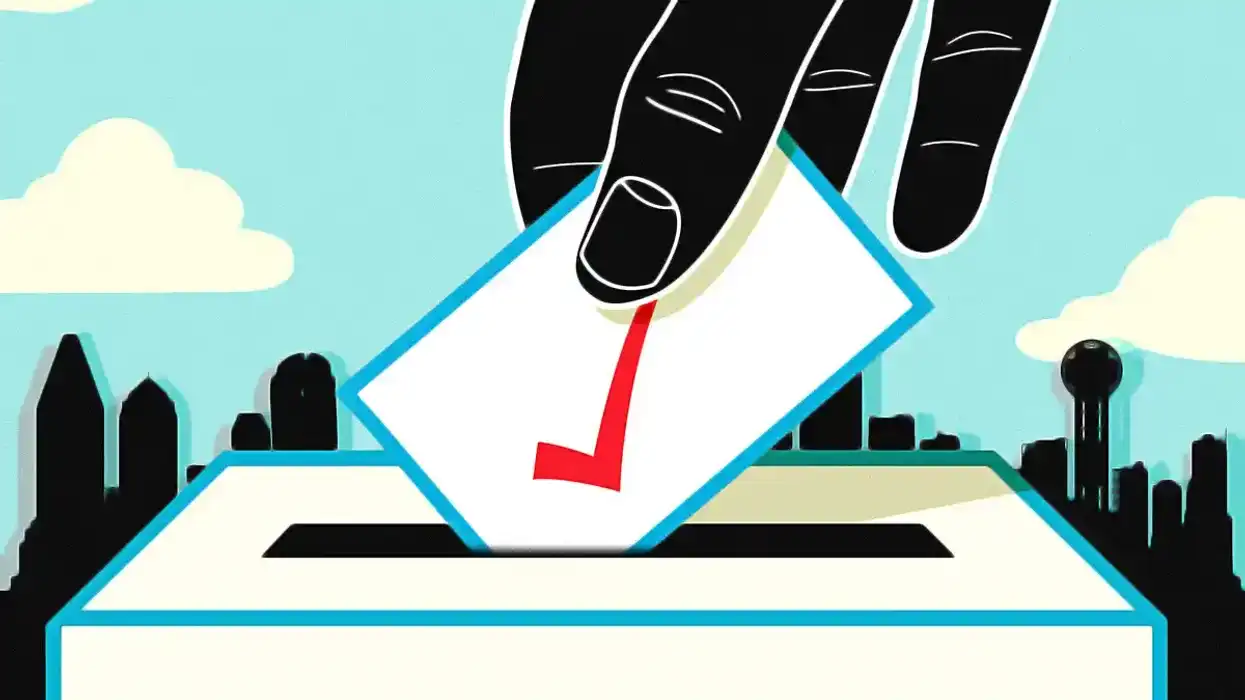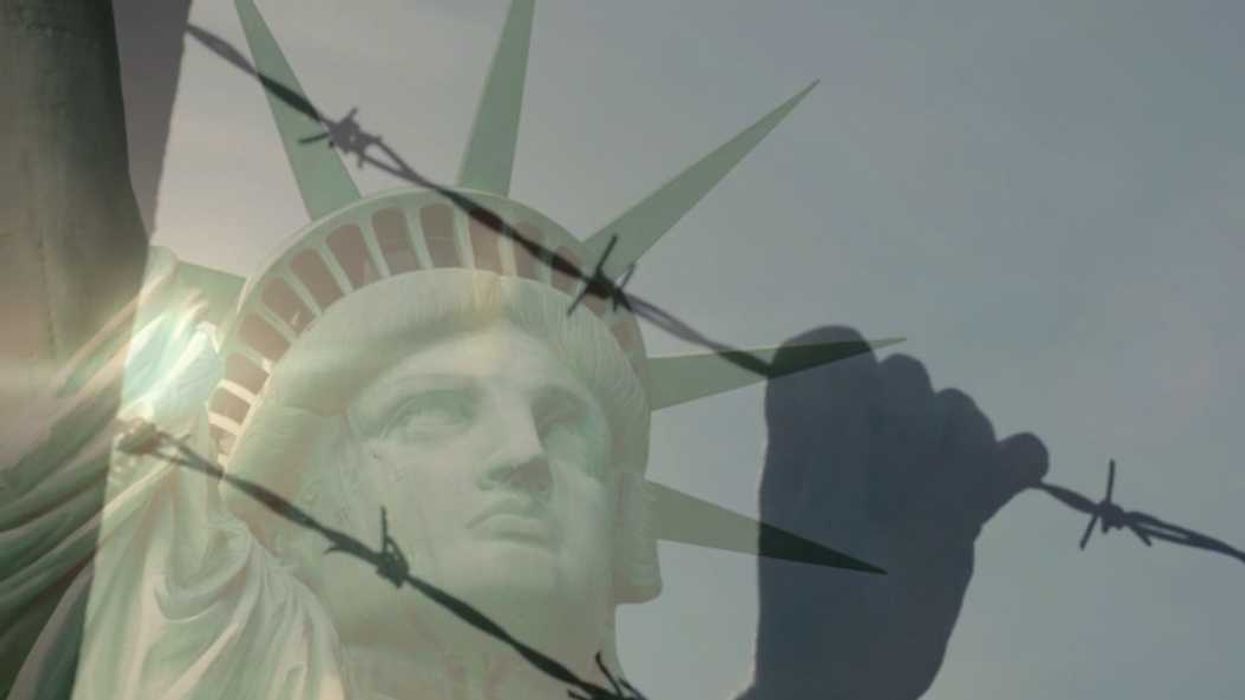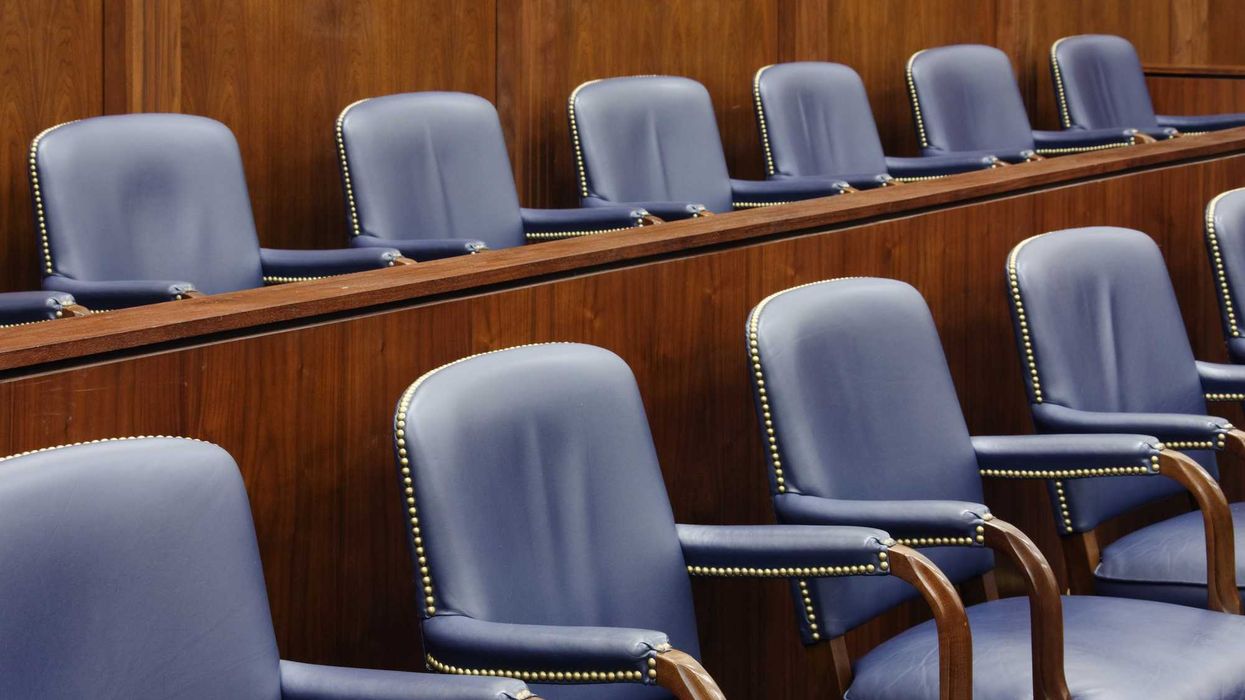William Natbony is an attorney and business executive specializing in investment management, finance, business law and taxation. He is the author of The Lonely Realist, a blog directed at bridging the partisan gap by raising questions and making pointed observations about politics, economics, international relations and markets.
With presidential power subject to increasing legislative and judicial constraints, and with Congress deadlocked, a muscular Supreme Court is increasingly tipping the scales above its weight.
Those who believe that America’s “Rule of Law” is immutable have had that belief shattered by the Supreme Court, most noticeably by its decision in Dobbs v. Jackson Women’s Health Organization. That’s because America’s judiciary today is an instrument of partisan policymaking.
The Federal courts were once a Constitutional stabilizer, a source of durable consistency. Widening political divisiveness has changed that. Justices are being selected based on their policy purity rather than their legal acumen. President Trump in 2017-2021 worked closely with the Republican majority in the Senate (that for 294 days had refused to consider President Obama’s Supreme Court nominee) to appoint three carefully-vetted Supreme Court policy purists.
Of the Supreme Court’s nine members, five are doctrinal originalists who constitute a voting majority. With Congress fractured, this activist Supreme Court majority has attained “truly supreme” status in American government. The Court no longer is merely enforcing laws. It’s making new laws. It no longer feels bound by precedent. It’s overturning existing precedents. With Congress and the President divided, the Supreme Court has the final say on every law and every Constitutional question. And what it is saying mostly mirrors the policy goals articulated by President Trump, who appointed 28 percent of all currently-sitting Federal judges. The consequence is that both parties now follow the “Mitch McConnell Rule”: Control of the Senate means control of the judiciary, and control of the judiciary means control of America’s democracy.
Four yet-to-be-decided cases of significant consequence remain on this term’s Supreme Court docket. They may effectuate the sort of deep changes intended by Trump-McConnell. A fifth and sixth already have been decided, one of which surprised observers.
Two eagerly-awaited cases, Students for Fair Admissions, Inc. v. President and Fellows of Harvard College and Students for Fair Admissions, Inc. v. University of North Carolina, focus on the question of whether race may be used in considering university admissions. Although commentators had been predicting that the Court will hold that race no longer may be a consideration in admissions, that seemingly foregone conclusion now is being questioned given this past week’s decision in Allen v. Milligan, discussed below. The odds nevertheless favor such an outcome based on Justice Alito’s statement during oral argument that, “College admissions are a zero-sum game and if you give a ‘plus’ to a person who falls within the category of under-represented minority, but not to somebody else, then you are disadvantaging the other student.”
The third case, 303 Creative v. Elenis, questions whether a business owner can rely on his First Amendment free speech right to deny services to same-sex couples in violation of Colorado’s anti-discrimination laws. The Supreme Court previously ruled in Masterpiece Cakeshop, Ltd., et al. v. Colorado Civil Rights Commission et al. that religious beliefs are Constitutionally prioritized over anti-discrimination laws, a result that has led commentators to speculate that the Court will double down on that holding.
A fourth case, Sackett v. Environmental Protection Agency, decided by the Supreme Court on May 25th, precisely as Trump-McConnell would have wished, addressed the extent to which Congress can delegate power to Federal agencies. Although all nine Justices agreed that the EPA had exceeded its authority in applying the Clean Water Act to the Sacketts’ property, a five-Justice majority did so by significantly narrowing the EPA’s authority, redefining “wetlands” by holding that only waters that have a “continuous surface connection” to lakes and rivers that affect interstate commerce are environmentally protected by the Clean Water Act (a test that Justice Kavanagh found to “depart from the statutory text, from 45 years of consistent agency practice, and from this Court’s precedents”). The result is that an estimated 59 million acres of wetlands have been removed from EPA jurisdiction.
The fifth case, Allen v. Milligan, was decided by a 5-4 Supreme Court majority on June 8th. In a ruling that surprised observers, the Court held that Alabama had violated Section 2 of the Voting Rights Act by acting with a “racially discriminatory motivation” in redrawing voting districts. Commentators had expected the Court’s conservative majority to rule in favor of Alabama, validating the Alabama legislature’s 2021 redistricting of seven seats in the House of Representatives to pack black voters, who constituted ~27 percent of registered voters, into a single black-majority district to dilute their vote.
Had the Supreme Court ruled in favor of Alabama, legislatures in all 50 States would have been given the green light to gerrymander electoral maps based on race. In an opinion written by Chief Justice Roberts and joined by Justices Sotomayor, Kagan, and Jackson (with Justice Kavanaugh concurring), a narrow majority held that although the Voting Rights Act “may impermissibly elevate race in the allocation of political power…, a faithful application of our precedents and fair reading of the record before us do not” support the Alabama legislature’s racially-motivated gerrymander. The Court made it clear that the Voting Rights Act does not require the adoption of districts that violate traditional redistricting principles. It limits judicial intervention to “those instances of intensive racial politics” where the “excessive role [of race] in the electoral process … denies minority voters equal opportunity to participate.”
In the sixth case, Moore v. Harper, the Court has been asked to allow State legislatures to set the rules for Federal elections even if those rules violate State constitutions, relying on an interpretation of Article 1 of the Constitution that states that “the times, places and manner of holding elections for senators and representatives shall be prescribed in each state by the legislature thereof” (the “independent state legislature theory”), framing a potentially momentous parsing of Federalism and states’ rights.
Moore initially was on appeal from a ruling by the North Carolina Supreme Court that struck down the North Carolina legislature’s gerrymandering of Congressional districts as “unconstitutional beyond a reasonable doubt.” However, the composition of North Carolina’s Supreme Court changed in November 2022 from a 4-3 Democratic majority to a 5-2 Republican majority, and the newly-constituted Republican majority promptly reversed “itself” and held that the North Carolina legislature’s determination could not be challenged. That ruling ought to moot the Supreme Court’s review and compel dismissal, which is what both sides argued. However, Republicans from the North Carolina legislature have petitioned the Court to decide the case. Should the Court elect to do so and uphold the North Carolina legislature’s unfettered power to interpret election laws, all 50 states’ legislatures would be free to violate their own constitutions to set voting rules and allow their legislatures to use partisan criteria to gerrymander voting maps. That would create quite the 2024 election scenario!
The Supreme Court historically has been wary of challenging long-standing precedent or addressing socially-sensitive issues that lack the support of a clear majority of the American public. It followed a self-imposed policy of selecting cases unlikely to be politically disruptive and addressing controversial issues only after lower courts had thoroughly wrestled with them. The Court’s docket and its decisions over the past three years, however, have taken a decidedly different activist turn. The partisan politicalization of the Court has had consequences that have included empowering Justices to act based on personal belief rather than existing law. At the same time, ethically questionable actions (including the leak of the Dobbs opinion and revelations about economic perks) have undercut the Court’s legitimacy. With seatbelts firmly buckled, expect the wild ride to continue.


